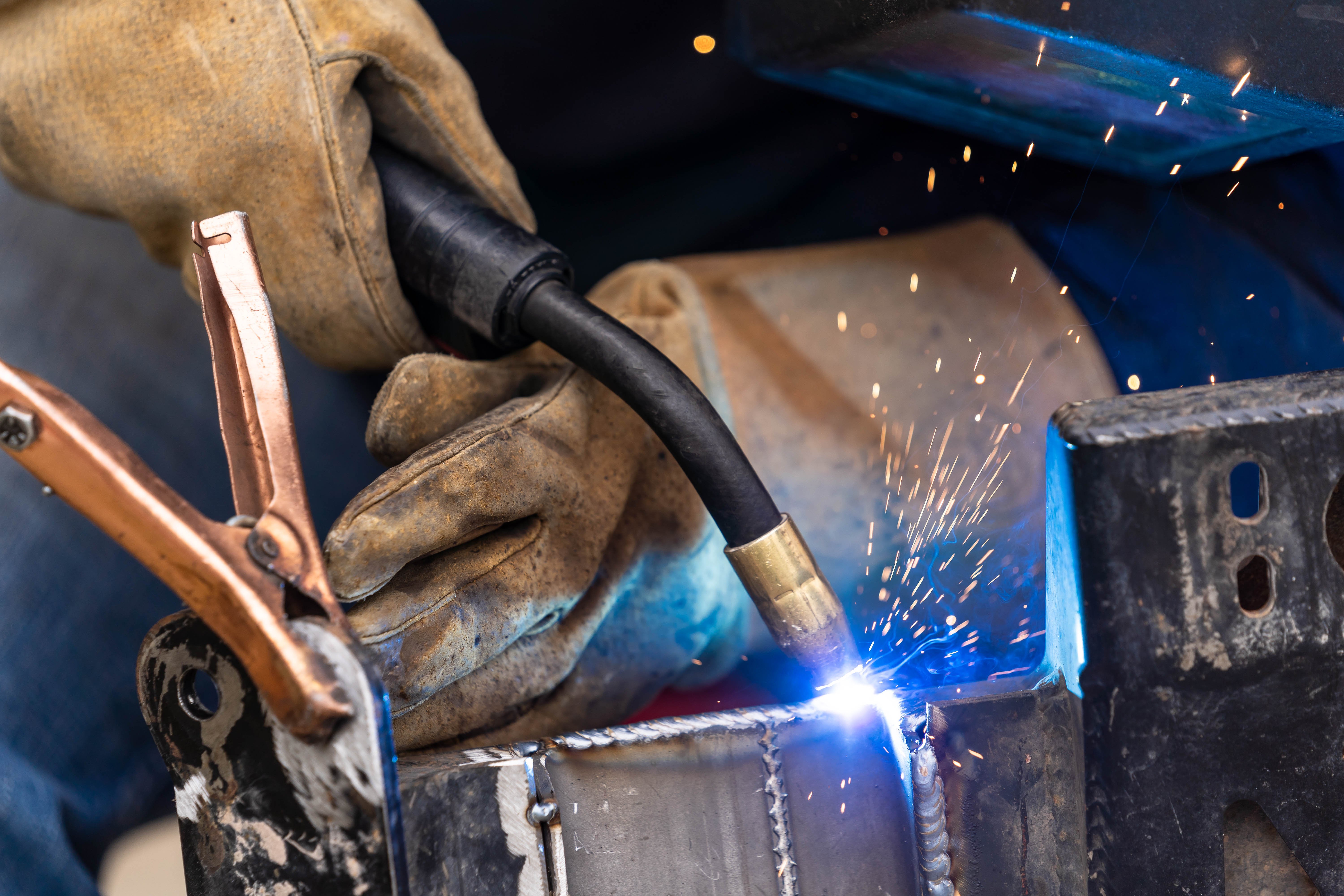Why a Welding WPS is Crucial: Enhancing Consistency and Conformity
Why a Welding WPS is Crucial: Enhancing Consistency and Conformity
Blog Article
The Ultimate Guide to Welding WPS Procedures: An Extensive Overview for Welders
In the elaborate globe of welding, Welding Procedure Specifications (WPS) serve as the backbone of ensuring top quality, uniformity, and safety and security in welding operations (welding WPS). As we dig right into the various parts of a WPS and discover the intricacies of qualification and qualification, we will certainly reveal the essential function these procedures play in the world of welding.
Importance of WPS Procedures
Comprehending the relevance of Welding Procedure Specs (WPS) procedures is crucial for ensuring the quality and integrity of bonded frameworks. WPS treatments act as a roadmap for welders, outlining the required steps, specifications, and materials needed to accomplish a sound weld. By sticking to WPS guidelines, welders can make certain uniformity in their work, leading to structurally sound and reliable welds.
One of the primary reasons why WPS procedures are important is their duty in maintaining weld quality and integrity. Adhering to the specified welding criteria and strategies laid out in the WPS aids protect against flaws such as porosity, cracking, or insufficient blend, which can endanger the stamina and resilience of the weld.

Parts of a WPS
A Welding Treatment Specification (WPS) normally makes up crucial parts that information the particular requirements for carrying out a weld, guaranteeing uniformity and top quality in the welding procedure. The essential parts of a WPS consist of necessary variables such as base steels, filler metals, preheat and interpass temperature levels, welding procedures, shielding gases, welding settings, and post-weld warm therapy requirements.
Base steels describe the materials being signed up with, while filler metals are used to fill up the void between the base steels throughout welding. Preheat and interpass temperature levels are vital for managing the warmth input and avoiding issues like fracturing or distortion. The welding process lays out the particular method to be utilized, whether it's gas steel arc welding (GMAW), protected steel arc welding (SMAW), or an additional technique. Shielding gases secure the weld swimming pool from atmospheric contamination. Welding settings define the orientations in which welding can be performed. Post-weld warmth treatment may be required to ease stress and anxieties and improve the weld's buildings. A complete understanding of these elements is vital for producing a effective and thorough WPS.

Qualification and Accreditation
Having developed the essential elements of a Welding Procedure Spec (WPS), the focus now moves in the direction of the vital aspects of certification and accreditation in welding techniques.

Certification, on the other hand, is the official recognition of a welder's certifications by a relevant accreditation body or company. Welding certifications are commonly based on the particular welding procedures, materials, and placements a welder is qualified to deal with. Holding a legitimate welding accreditation shows that a welder fulfills industry criteria and is skilled to execute welding tasks to the needed requirements.
Creating a WPS
To create a Welding Treatment Requirements (WPS) that fulfills sector criteria, mindful factor to consider of welding procedures, products, and functional specifications is vital. The very first action in producing a WPS is to recognize the welding procedure to be utilized, such as gas steel arc welding (GMAW) or protected metal arc welding (SMAW)

Executing and Checking WPS
Upon wrapping up the comprehensive Welding Procedure Specification (WPS) that carefully details welding processes, materials, operational criteria, and quality assurance steps, the focus changes to effectively carrying out and keeping an eye on the well established treatments. Execution includes making certain that all welders associated with the task are acquainted with the WPS and follow it meticulously during the welding find this process. This requires supplying ample training and guidance to ensure adherence to the specified procedures. Monitoring the WPS involves continual oversight to verify that welding tasks straighten with the recorded specifications. Assessments, screening, and quality assurance procedures are vital parts of the surveillance process to identify any kind of issues or deviations without delay. Normal audits and evaluations of the welding procedures aid in keeping consistency and high quality throughout the project. Reliable application and monitoring of the WPS are crucial for guaranteeing the stability, strength, and safety and security of the welded joints, inevitably contributing to the total success of the welding task.
Final Thought
Finally, understanding and adhering to Welding Procedure Specs (WPS) is critical for welders to guarantee top quality, consistency, and security in their job. By understanding the components of a WPS, getting correct certifications and accreditations, producing thorough treatments, and implementing and monitoring them successfully, welders pop over to this web-site can enhance their skills and proficiency in welding methods. Sticking to WPS treatments is essential for creating high-grade welds and meeting industry standards.
In the elaborate globe of welding, Welding Treatment Requirements (WPS) offer as the foundation of making sure high quality, uniformity, and safety and security in welding operations. The welding process outlines the details strategy to be made use of, whether it's gas steel arc welding (GMAW), protected steel arc welding (SMAW), or another method.To develop a Welding Procedure Requirements (WPS) that fulfills market requirements, cautious consideration of welding procedures, products, and functional criteria is necessary. The first step in creating a WPS is to recognize the welding procedure to be used, such as gas steel arc welding (GMAW) or secured steel arc welding (SMAW)Upon finalizing the thorough Welding Procedure Requirements (WPS) that thoroughly information welding processes, materials, operational specifications, and quality guarantee actions, the focus changes to efficiently applying and checking the established procedures.
Report this page